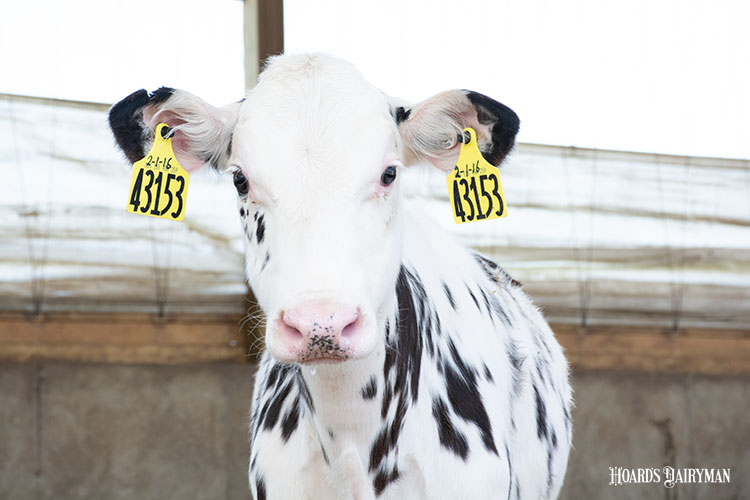
Administering a vaccine to an animal is one thing, but the animal developing immunity is another. Multiple factors come into play to affect a vaccine and its action in the animal’s body that determine how well it will control disease.
“What happens in between vaccination and immunization is really important,” said Extension veterinarian Hayley Springer during a Penn State Extension webinar discussing calf diseases. While vaccination can’t be expected to mean that no disease occurs, it’s a tool to reduce the amount and severity of disease. Using vaccines correctly to allow calves to become immunized means the animal has the best protection against disease that the product can provide, Springer explained.
She highlighted three areas that can impact the immunization power of a vaccine:
- Factors of the vaccine itself
- Animal factors
- Disease factors
First, the vaccine must be effective, or administering the product offers little. This means storing and handling vaccines in the correct manner. Springer noted that this is most critical for modified live vaccines because if the active organism dies due to heat or cold, the material can’t proliferate in the body and elicit the necessary immune response. Killed and toxoid vaccines can also break down due to poor handling, so even if the vaccine is given, the animal won’t benefit from its expected immunity.
If an active vaccine is administered to the calf, the state of the animal’s own immune system can affect how it responds, the veterinarian continued. Specifically, stress can negatively impact how an animal develops immunity, and a calf may experience many potential stressors: heat, cold, illness, or social, housing, and diet changes. Weaning is known to be a stressful time for a calf, so avoid vaccinations around that time.
Springer also explained that colostrum can influence a vaccine’s efficacy. “If we inject a vaccine and that calf has really strong maternal immunity, that IgG that it absorbed from the cow will actually try to protect it from a vaccine,” she said. One way to work around that action early in a calf’s life is to use an intranasal vaccine. “Intranasal vaccines use a different method than injectable vaccines in terms of how they stimulate the immune system, and that can then allow us to provide additional protection on top of maternal immunity,” Springer described.
Finally, what disease challenges the calf will face and their severity can affect how the individual responds to a vaccination. “Are those calves going to a large-scale heifer grower where they’re going to be exposed to more pathogens? Are these animals going to go through the sale barn? Are these animals that might go to the fair and come back?” Springer considered. “All of these are higher risk situations where we may want to adjust how we manage vaccines for these animals.”
She advised working with your veterinarian to develop a vaccination protocol that works for your farm. In addition to the factors discussed above, animal vaccine history, convenience of treatment, and desirability are among the consideration when planning a vaccination program. Every farm has different needs, and identifying those will help develop a successful system that not only vaccinates animals, but immunizes them.








